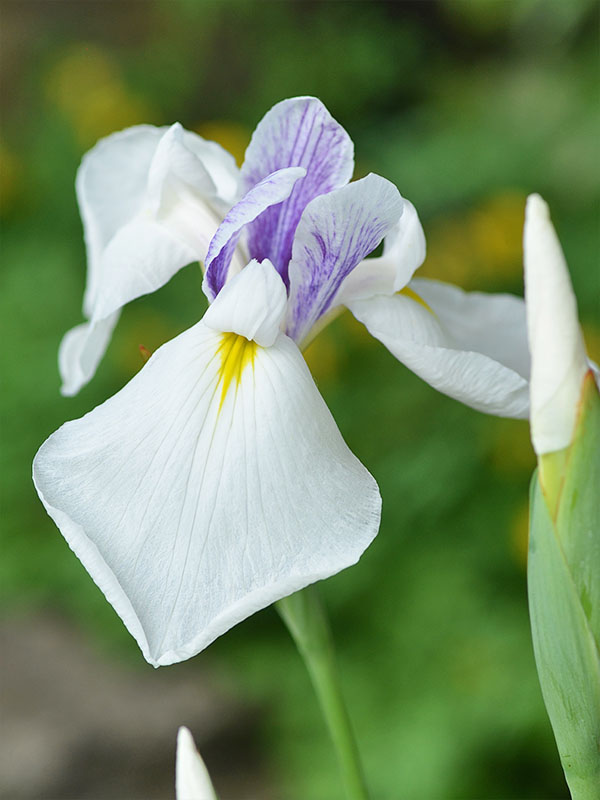| Landscape | Plant in moist areas combined with plants such as skunk cabbage (Lysichiton) and rushes (Acorus) in masses. |
| Propagation | By division in the spring before growth reaches no more than 10 cm. Old plants may need rejuvenating, this may be accomplished by lifting the clumps and splitting them, selecting new planting material from the edges of the clumps; replant new clumps if after flowering with the foliage cut back by one third, cutting back is not necessary if division is performed in the early spring. |
| Cultivation | Japanese Iris prefer moist conditions (not waterlogged) with soils that are high in organic matter with a slightly acidic pH; there are several cultivars that will tolerate dry conditions and an alkaline pH though. Plants should be kept evenly moist during their growing season, however when they are dormant they can be permitted to dry out slightly however in very dry periods supplemental irrigation should be provided. Plants are rather heavy feeders and if growing in pots a liquid fertilizer is recommended. |
| Pests | Iris ensata may be prone to root rot in mild wet winters or if left standing in water while dormant. Thrips may also be of concern. |
| Habitat | Horticultural origin. |
| Leaf Description | Strap-like, upright foliage. |
